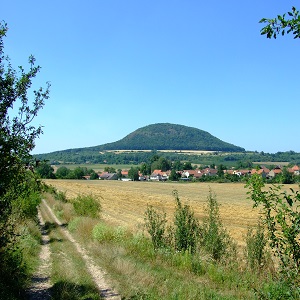An increasing number of over-65s in the Netherlands are still in paid work. This is reported by the Central Bureau of Statistics on the basis of figures for the past 17 years.
The increase is partly due to the aging of the population. But even within that group, the number of people doing paid work has increased.
This is mainly due to the increase in the state pension age, which determines until when people have to work before they receive a pension from the government. That age was previously 65 years, but has now risen to 66 years and 4 months.
In addition, a larger proportion of the over-67s, for whom the state pension age no longer plays a role, has paid work. CBS has not investigated why this is.
Live longer, sometimes debt
It may be that people live longer. That is also why the state pension age is rising: it is linked to life expectancy.
In the period in which Statistics Netherlands looked at the figures on working older people, the average life expectancy for the over-65s increased by approximately 2 years. They are expected to live another 20 years on average after their retirement.
The number of over-65 households with debts has also increased relatively, which could be a reason for older people to continue working for a while. Of the more than 2 million elderly households, about 90,000 were in debt in 2019.
At the same time, they form only a small part of the number of senior households. There were about 1.2 million of them with assets of more than a ton, often because of the value of their own homes. Internationally, the Netherlands is one of the countries with the lowest poverty rate among pensioners, according to Statistics Netherlands.
Visual artists
The elderly who currently continue to work in paid employment beyond their retirement age are relatively often male. And there are big differences between professions.
For example, more than a quarter of all working visual artists are now over 65 years of age. That is the highest percentage of all professions. Drivers, furniture makers, tailors and upholsterers are also relatively often still active when they get older.
–


